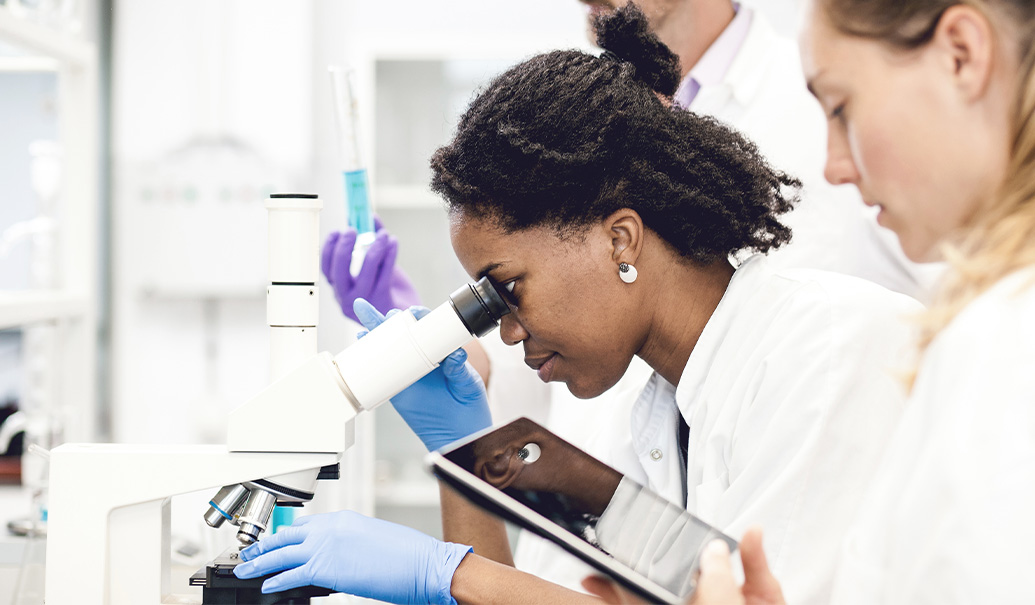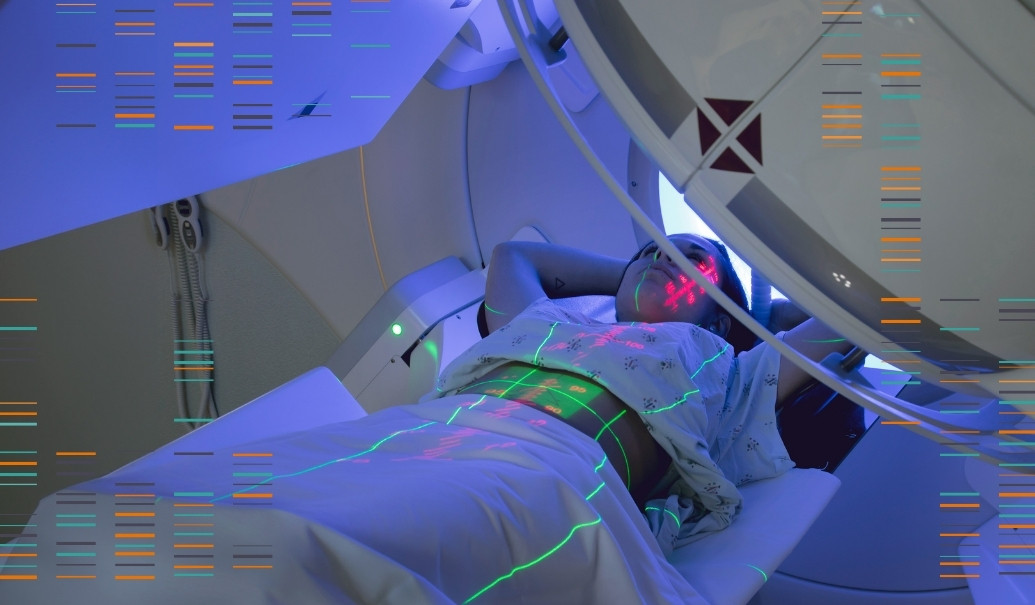Leaders in oncology drug manufacturing are starting to think beyond the best-in-class drug or molecule to stay ahead in an increasingly competitive marketplace. ZS’s Jennifer Curtis spoke with Tom Fuchs, the vice president of hematology and global product strategy at Roche, about how the market is shifting from disease leadership to ecosystem leadership, and how companies can succeed during this transformation, and in the future.
Jennifer Curtis: What comes to mind when you think of ecosystem leadership and why is it important?
Tom Fuchs: With disease leadership, you just needed to have great science and great products. Over the years, we’ve been fortunate to have great science and products that we’ve developed for various kinds of cancer. We’ve focused on developing combinations of products. But recently, we’ve been moving beyond the products—because everybody is developing products—to really think about the disease area as a whole, as a disease ecosystem. What data and other complimentary insights can we develop to help physicians make clinical decisions, help support patients with their care in their journey, and help improve and optimize outcomes in the long term? I think that's a logical place to go competitively, and as a market leader, you have an opportunity to go beyond the product. That shift is real, and it's something that we're doing, and something any market leader should be thinking about.
JC: What do you see as being real versus hype and how are you managing those expectations?
TF: Instead of thinking about it as real versus hype, I’d think about it as potential—there’s a lot of potential. Everybody sees it, the promise of collecting data and using it to improve the way we treat patients, deliver care, and not only improve outcomes but reduce the overall cost to the system. It’s early days and there are a lot of different approaches to generate data and insights. We’re beginning to see examples of ways we can collect data or engage with patients to track their care, which we can use to improve their overall care. But it’s still early. We’re still learning. We’re doing a lot of pilots and partnering with external companies to try things out and learn as we go.
JC: Right, the potential’s there, and it requires learning, piloting and partnering. How is this changing your approach to the way you partner with different stakeholders in the ecosystem?
TF: Regulators want hard clinical outcomes, overall survival or a certain response rate in order to approve a product. But they’ve also been interested in patient-related outcomes and what’s the real impact on a patient’s quality of life. Beyond that, it’s important to think more broadly about how this data and the impact on patients is important to payers. We often hear from them that patient reported outcomes (PROs) are more important in helping them understand the impact of a product than the endpoint of X number of months of survival. Both are important, but payers are thinking about the whole ecosystem—what overall impact will their healthcare dollar make on the patient’s life—in order to decide whether they’ll provide access to a certain therapy and at what price. Finally, the ecosystem approach helps patients. It provides them information to help manage their disease, understand how to better treat their disease and what they should or shouldn’t be worrying about. The richness of the data we’re developing or have the potential to develop lets us provide much more context in how to best manage these patients.
JC: When you consider where you’re planning to go with ecosystem leadership, how do you define appropriate boundaries? Just because you have a best-in-class and breakthrough molecule doesn't necessarily compel you to solve every problem within the disease space. Right?
TF: Every situation’s specific. When we think about our integrated solution for each product or disease area, we obviously have to take the portfolio products we have, the disease, the competitive context into consideration to figure out what's the priority. As an example, one thing that we've been working on maybe over the course of a decade is in chronic lymphocytic leukemia (CLL). Trials can take a long time, especially in previously untreated patients or younger patients. Showing overall survival in an indolent disease like CLL can take a decade. So how do you build upon that? We’ve been working on developing minimal residual disease (MRD) as a surrogate endpoint to speed up clinical trials and help us better understand if the therapy is better than the standard of care. Just last year, the FDA agreed to the first Phase III trial using MRD as a primary endpoint. But how do we get these products to patients faster? If we go the traditional route, it could take us eight years. But we think these therapies are better than the current standard of care, so how can we demonstrate that? So it’s situation dependent, and also depends on what tools are available to you. What’s important—beyond the product itself— if we’re going to create an integrated solution? What will have the greatest impact on the ecosystem?
JC: What you are seeing that’s driving success in the transformation from disease to ecosystem leadership?
TF: The first step was a shift in the cultural mindset. People were used to discovering, developing and commercializing drugs in the same way they’d done it for the last few decades, and had a lot of success. So people had to acknowledge the opportunities that new devices and technology provided to generate data that would help develop a better solution for the marketplace, and that mindset shift took some time. It’s important to invest in resources that help people think broadly, and work with external companies and technologies that we could potentially leverage in the development of our products. Roche started investing in these resources in a meaningful way. There was a lot of work to do initially and there’s still a lot of work to figure out what we should be focusing on, which technologies we should be using, etc. The second step was developing and securing these resources. And the third is doing pilots, learning, iterating, finding what works and what doesn’t, and sorting through what’s hype versus what’s real.
JC: With Roche, what’s driving your commitment to and focus on this transformation?
TF: Roche thinks not in terms of quarterly performance, but in decades. For instance, a big focus right now is 2030. That long-term vision is really important, because, if we’re going to do this in a meaningful way, it’s really going to change the way Roche operates, so the transformation is going to take time. Our senior leadership is committed long term to this vision, the resources needed, and just sustaining it. It’s not just the initiative of the week, it’s our company strategy. We live in an age where innovation is happening all the time, and there are things that people are working on that we haven't even considered yet. But someone is going to figure those things out, and it will open up a whole new avenue.














